|
ID |
Nickname |
Country / City |
Languages |
Taxonomies |
Comment |
Project / Group |
Map |

|
148941
|
Nicole P
|
United States
Honolulu
|
|
|
—
|
Multilingual Hawaiʻi
|
|
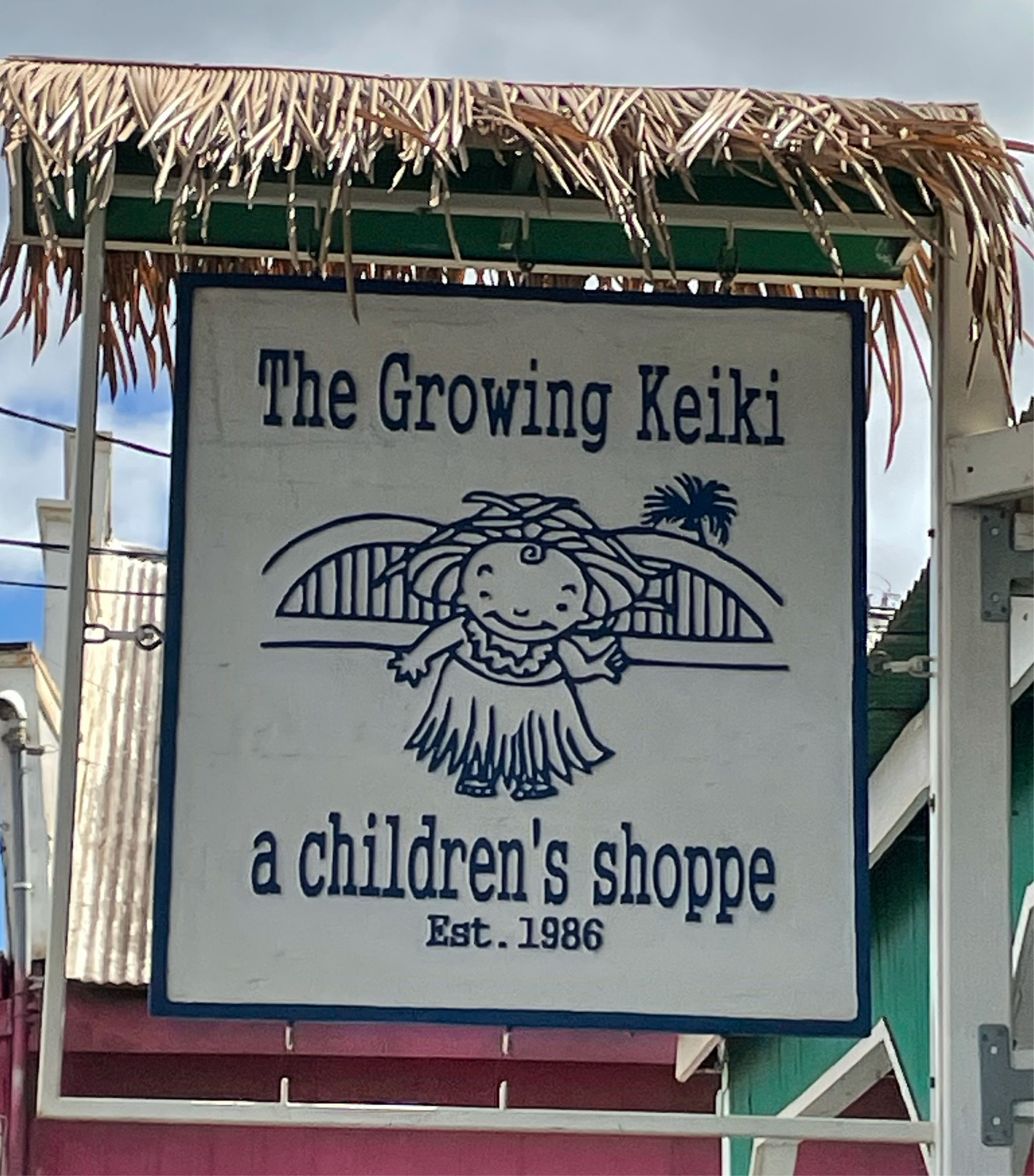
|
46541
|
|
United States
Haleiwa
|
|
|
(SP)(check in #3) this is a photo of a permanent wooden sign outside of a children’s clothing shop, in the domain of commodification. This store sells clothes branded around the Hawaiian aesthetic and language, so it makes sense that they used a Hawaiian word in their name, along with the aesthetic of straw hats, hula skirts, and leis. It is a pretty expensive store, so it is likely more popular among tourist in the area; they hang have uses Hawaiian in the name/on their sign to make the shop feel more authentically Hawaiian to tourists and Locals alike, though likely more towards tourists since they used a pretty well known, easy to figure out Hawaiian word. Tourists may see that sign and want to buy clothes to make their children feel less like normal kids and more like special little “keiki” who got to visit Hawai'i.
|
Multilingual Hawaiʻi
|
|
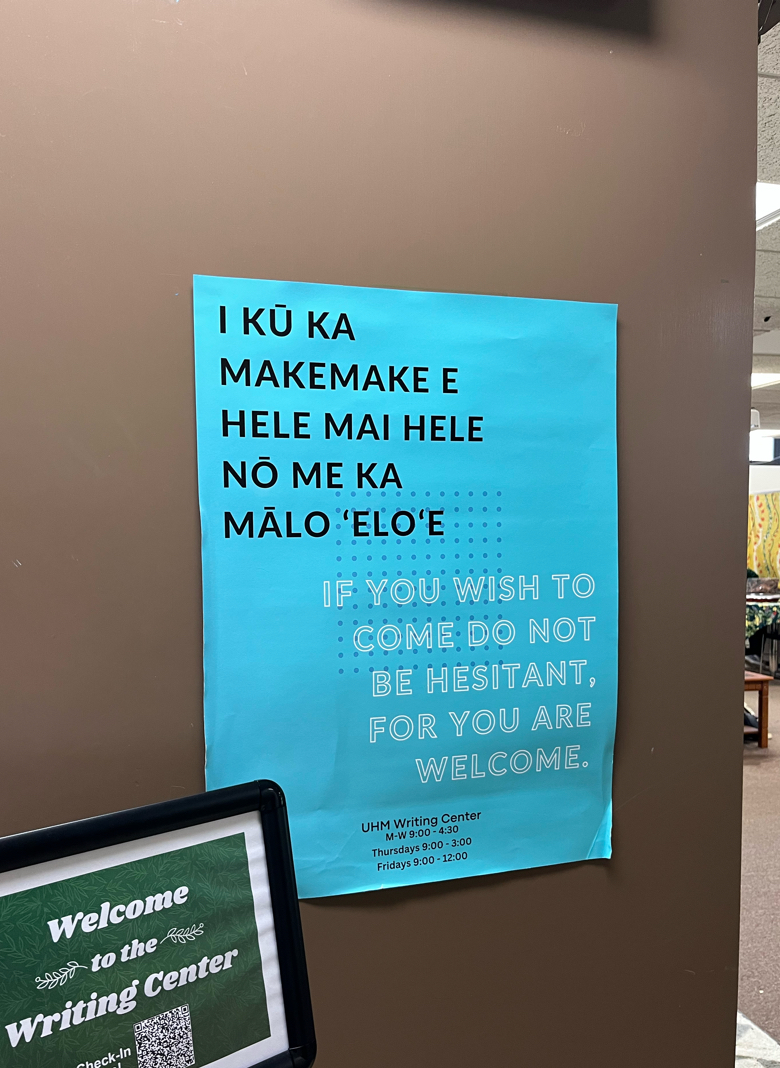
|
148942
|
Nicole P
|
United States
Honolulu
|
|
|
—
|
Multilingual Hawaiʻi
|
|
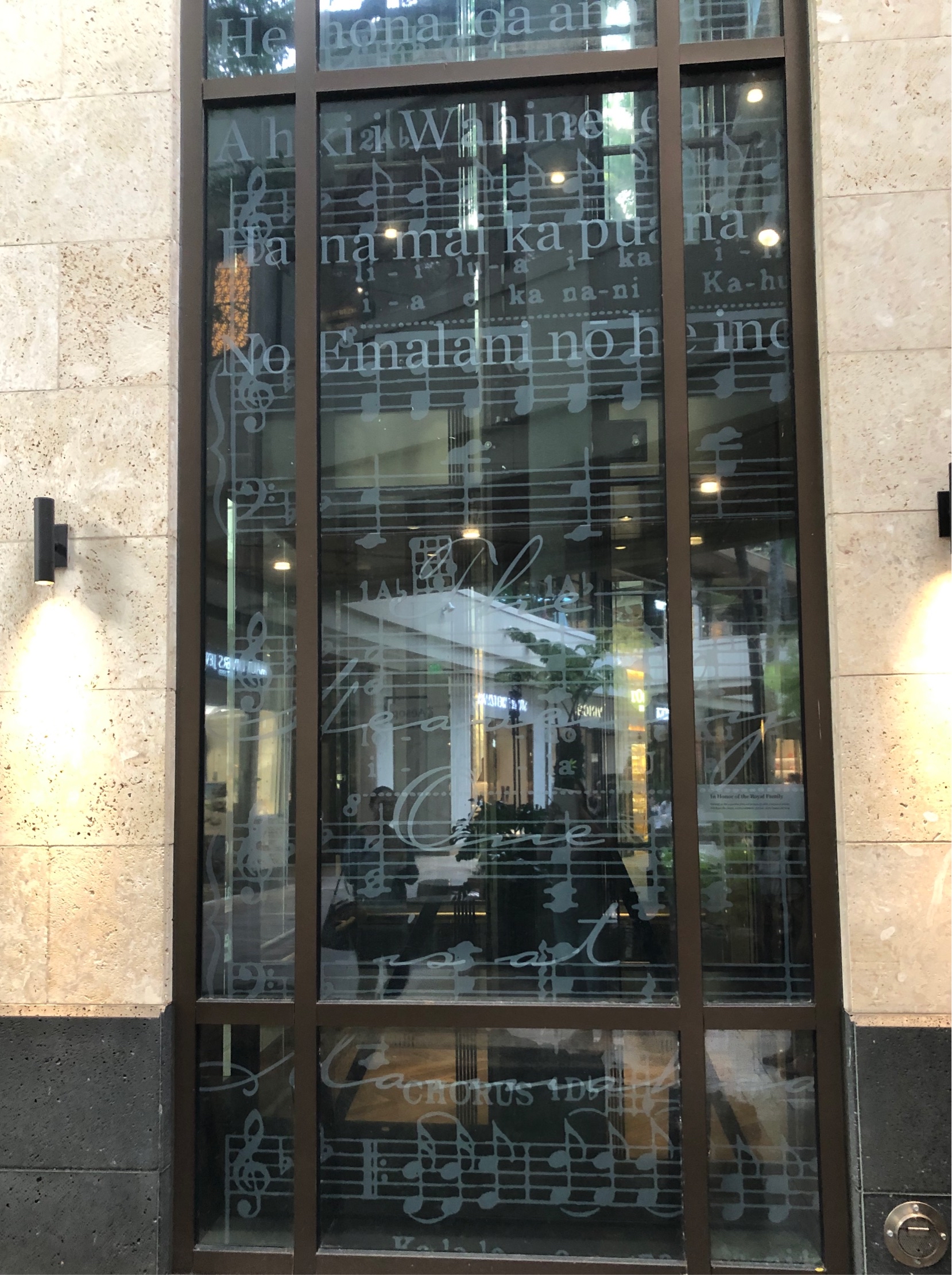
|
27086
|
|
United States
Honolulu
|
|
|
—
|
Multilingual Hawaiʻi
|
|
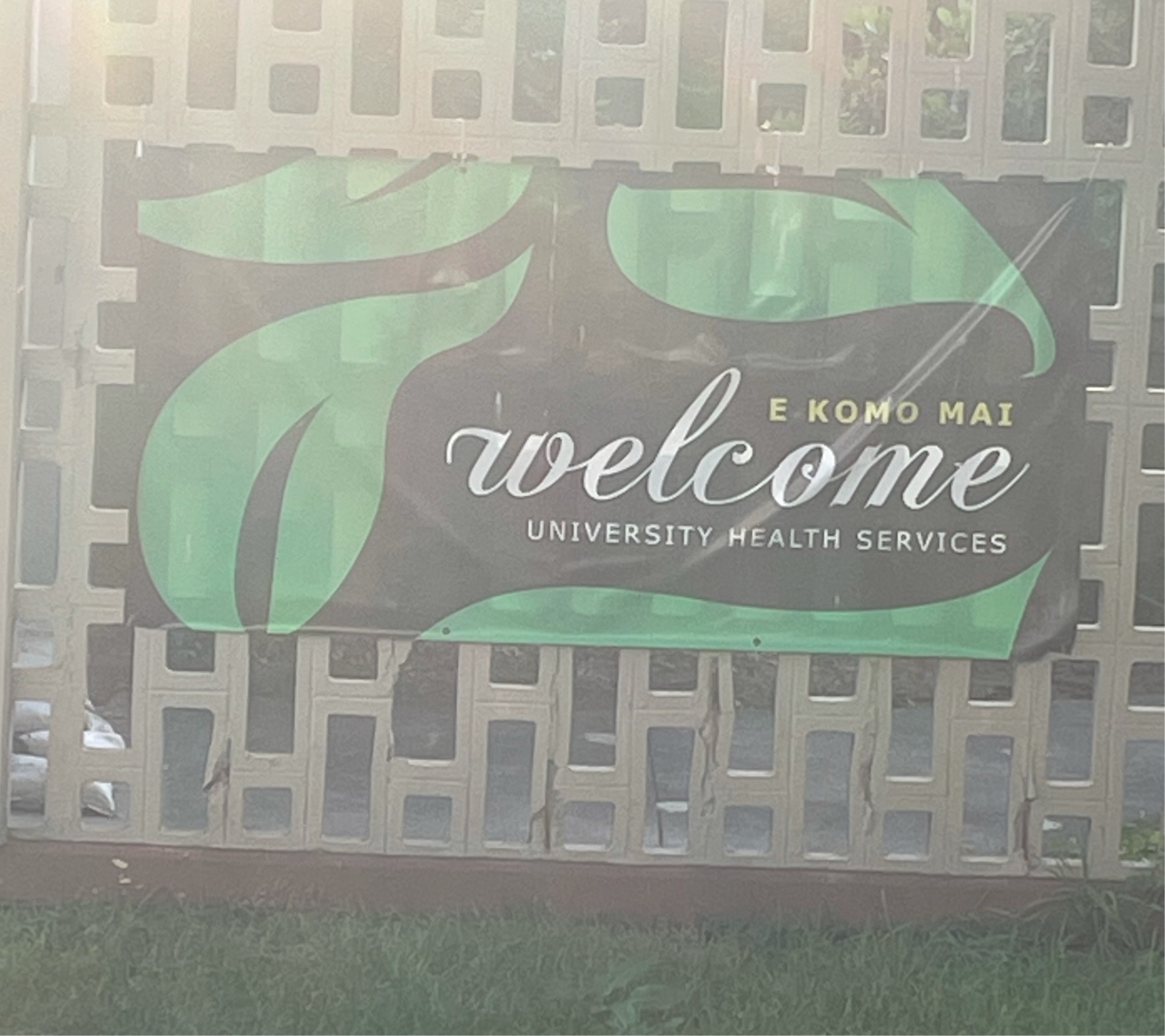
|
46542
|
|
United States
Honolulu
|
|
|
(SP)(check in #3) this is a photo of a semi permanent canvas sign outside of a university building on the UH Manoa campus, in the domain of student life/education/health services. Most of the sign is in big, clear English, likely so that any one on campus, no matter where they’re from, is able to understand the sign and easily access these health services. The Hawaiian phrase for welcome (e komo mai) is in smaller letters compared to the English welcome, as if it was added as an after thought—it may have been included as a part of UH Manoa’s ongoing efforts to reconnect itself with traditional Hawaiian culture and language, and to make itself feel a bit more genuine. It may help in catching the eyes of Local students who speak Hawaiian or are familiar with this phrase, but it is clearly not the main focus of the poster and is easy to miss.
|
Multilingual Hawaiʻi
|
|
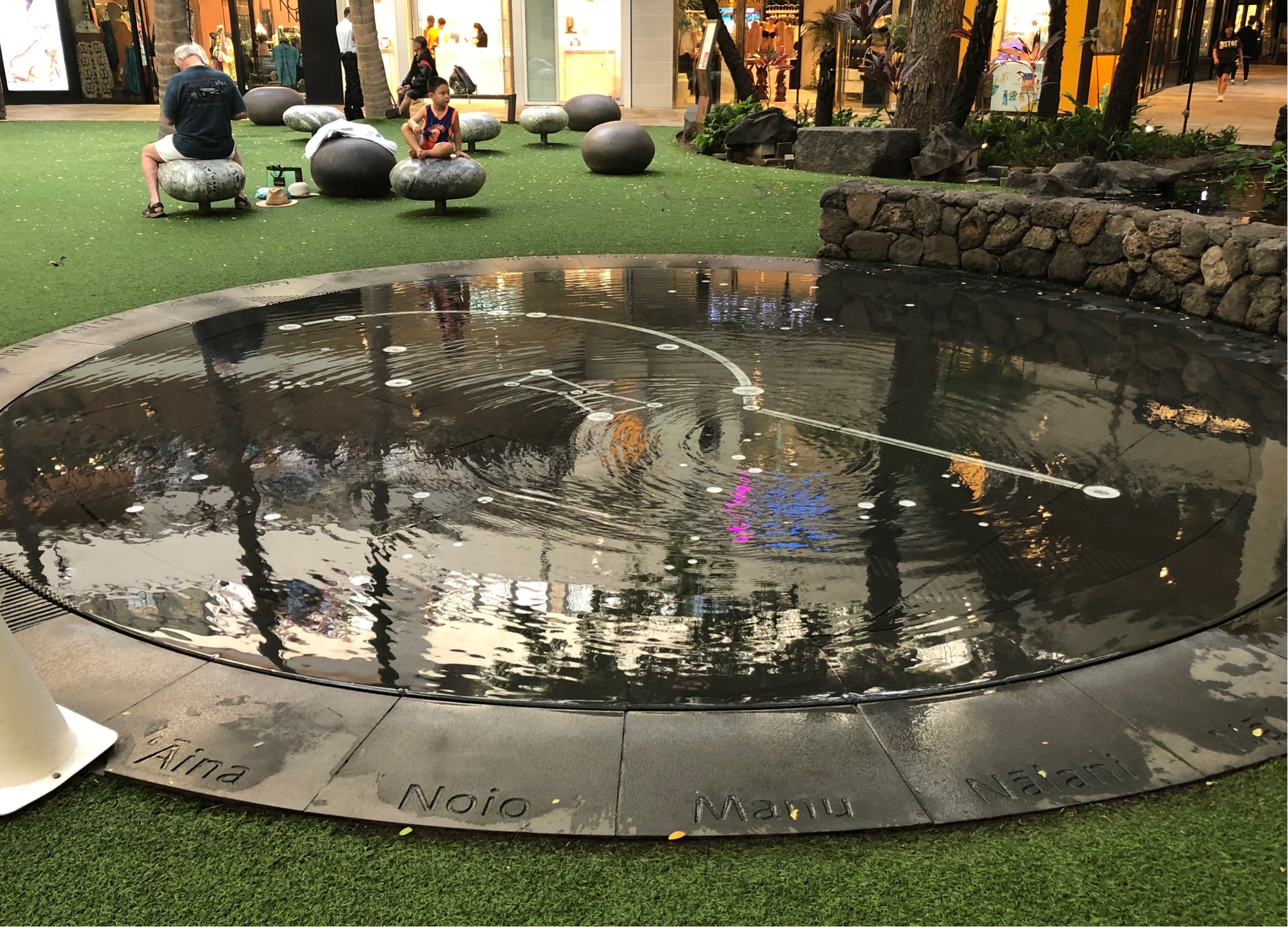
|
27087
|
|
United States
Honolulu
|
|
|
—
|
Multilingual Hawaiʻi
|
|
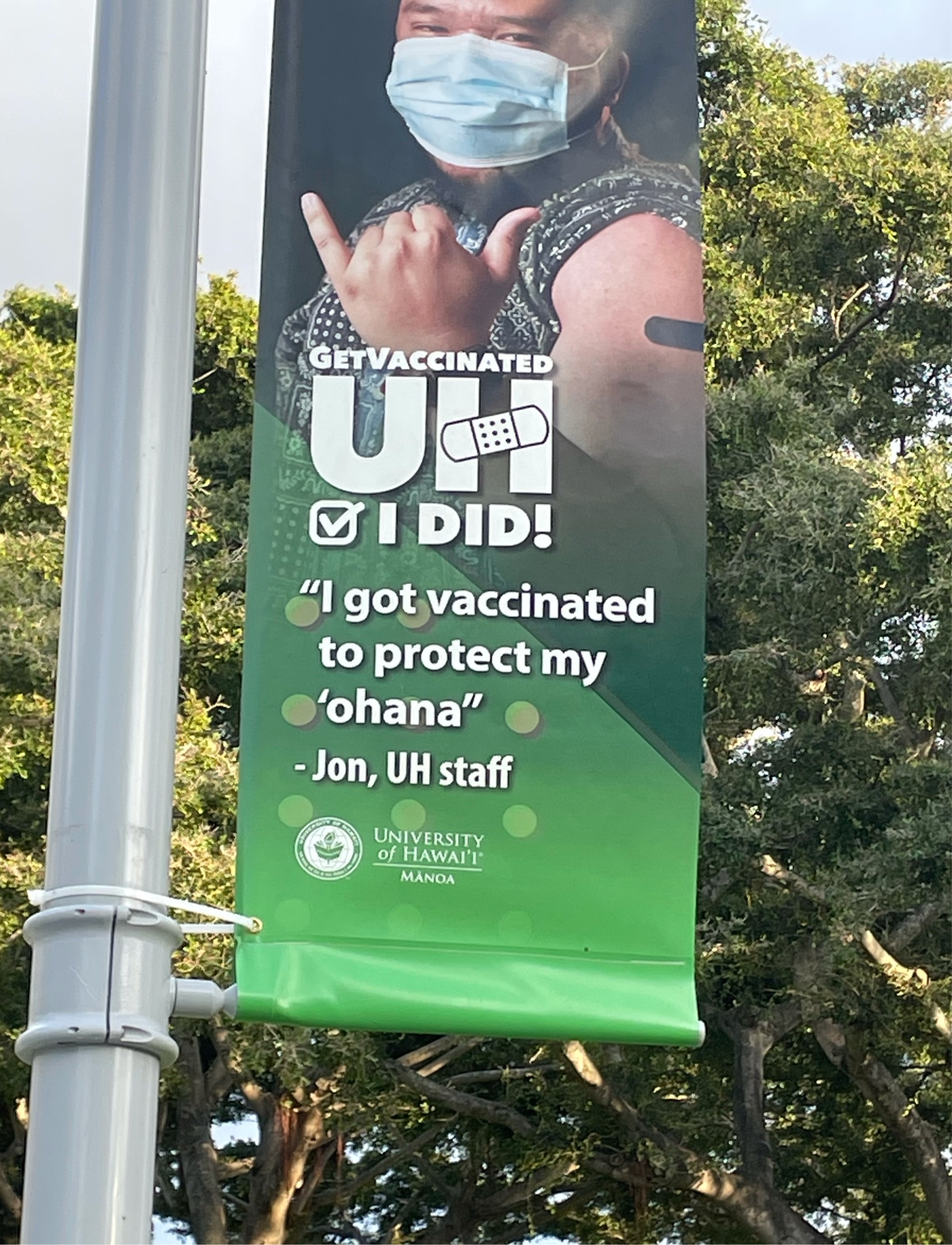
|
46543
|
|
United States
Honolulu
|
|
|
(SP)(check in #3) This is a semi permanent canvas sign found on the UH Manoa campus, in the domain of student life/education/public health. It contains only one Hawaiian word, 'ohana (family), which is seamlessly incorporated into an English sentence. Though this word is extremely well known and likely to be understood by students from outside Hawai'i, the use of this word, when combined with the picture of a UH staff member who looks either native Hawaiian or at least Local & racially ambiguous, is meant to tug at the heart strings of Local students. They may see the word 'ohana and immediately think of their own unique Local family, and this may encourage those who haven’t yet to go and get vaccinated.
|
Multilingual Hawaiʻi
|
|
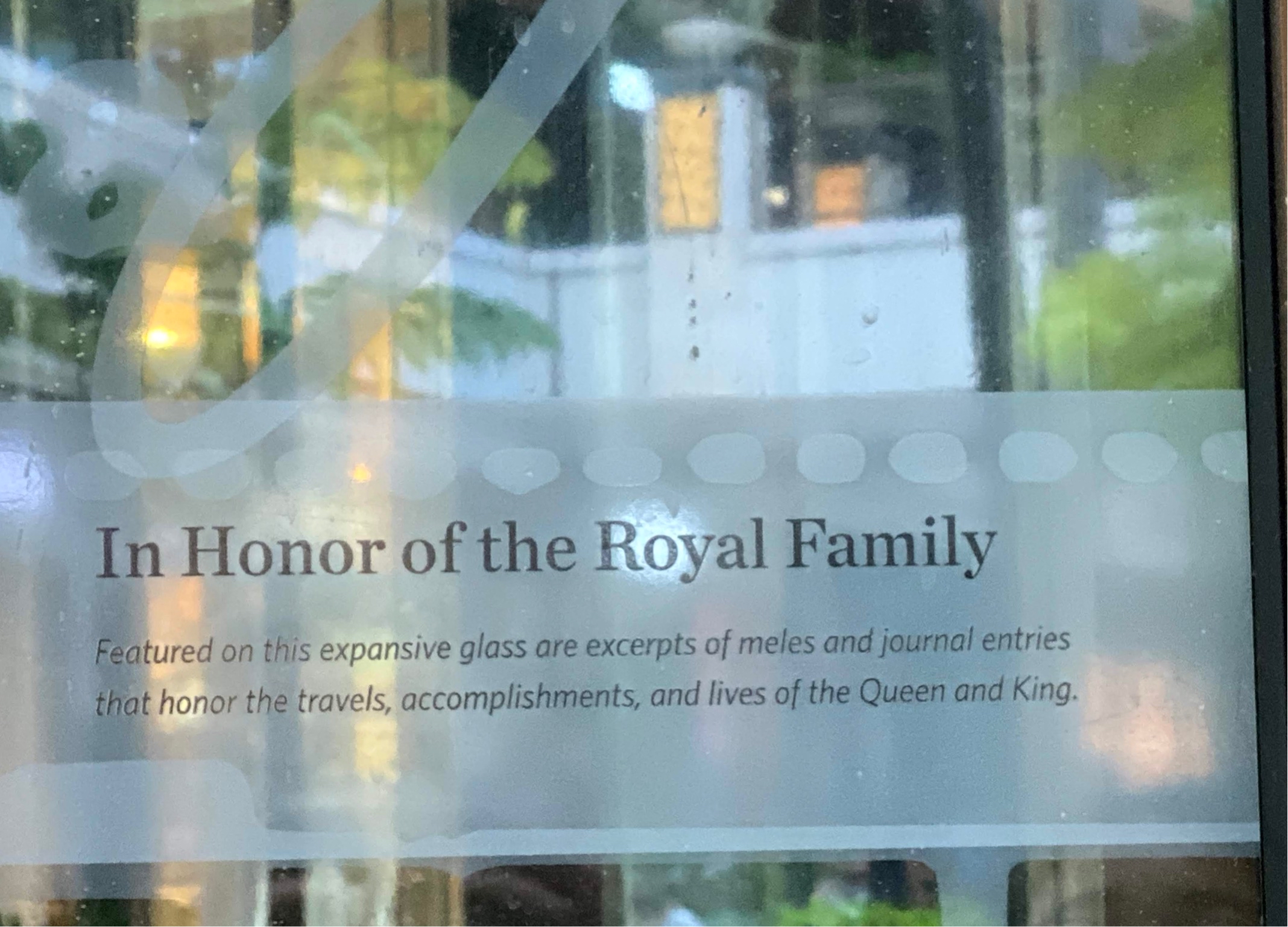
|
27088
|
|
United States
Honolulu
|
|
|
—
|
Multilingual Hawaiʻi
|
|
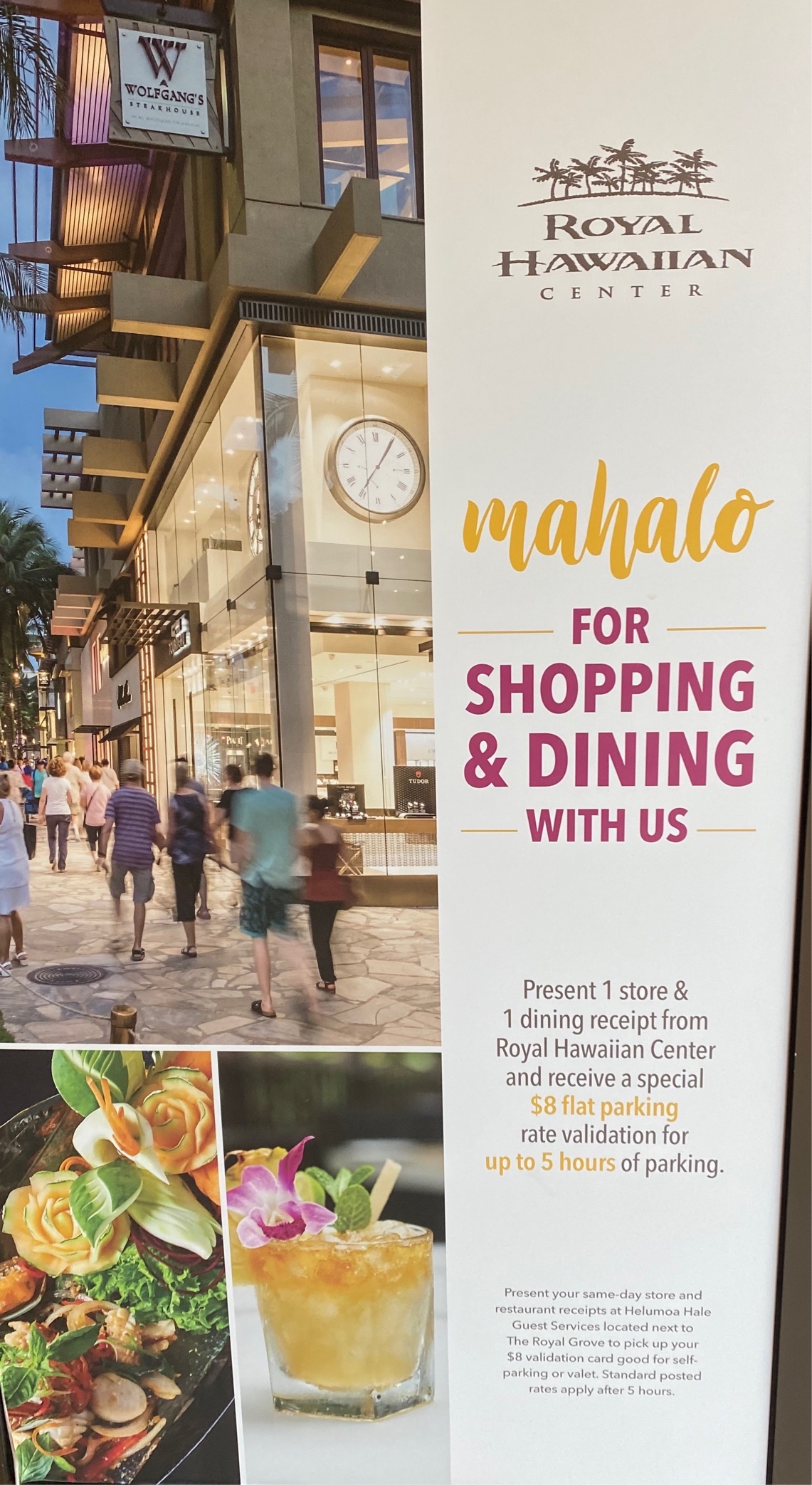
|
26833
|
|
United States
Honolulu
|
|
|
—
|
Multilingual Hawaiʻi
|
|
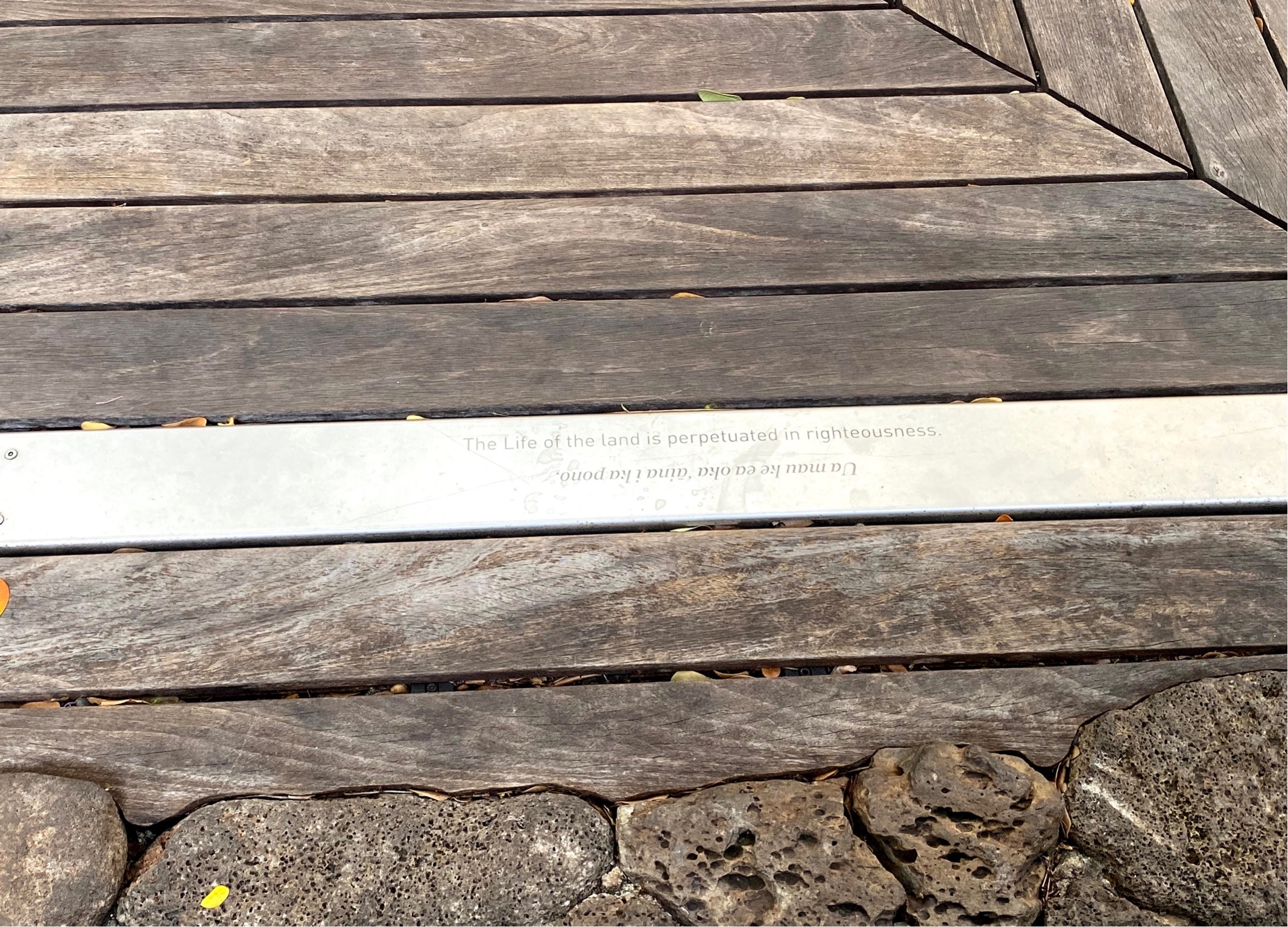
|
27089
|
|
United States
Honolulu
|
|
|
—
|
Multilingual Hawaiʻi
|
|
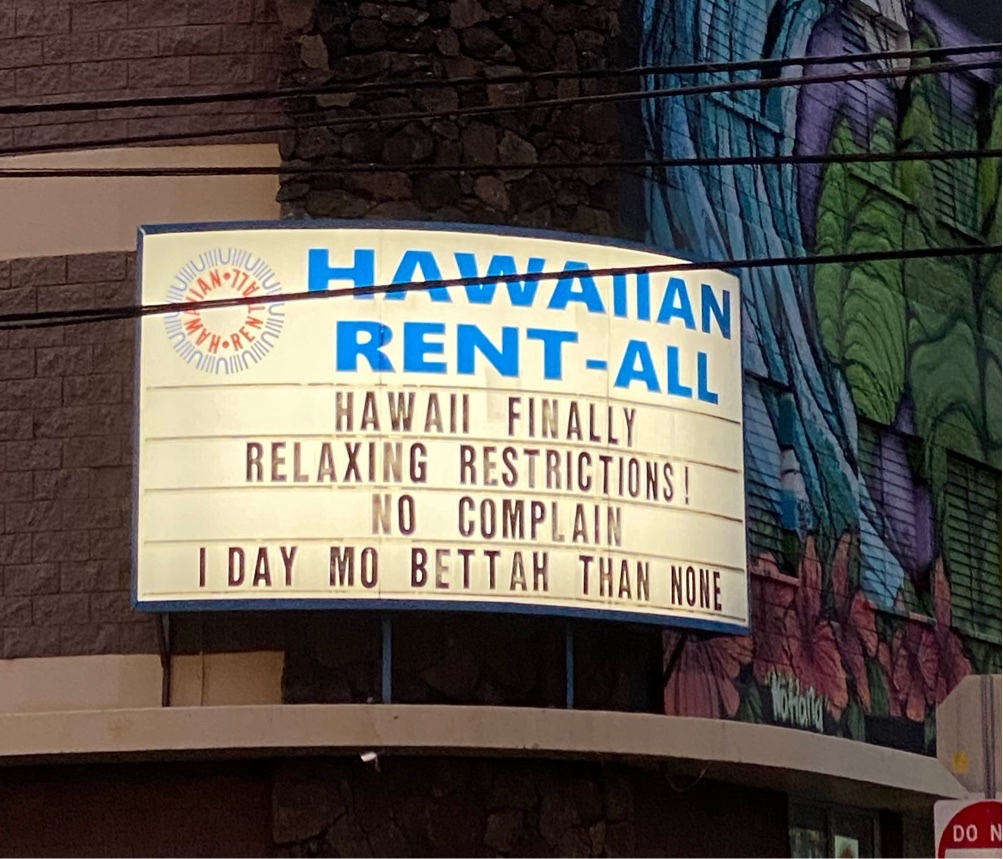
|
47313
|
|
United States
Honolulu
|
|
|
AJR - EC This photo is of the billboard on Hawaiian Rent-All; the owners of this company tend to change their announcements every now and then and this was after the COVID-19 regulations were changed following December 1st. The intended audience can be perceived to be locals as the context of the billboard pertain to the sentiments that many locals share regarding the pandemic
|
Multilingual Hawaiʻi
|
|
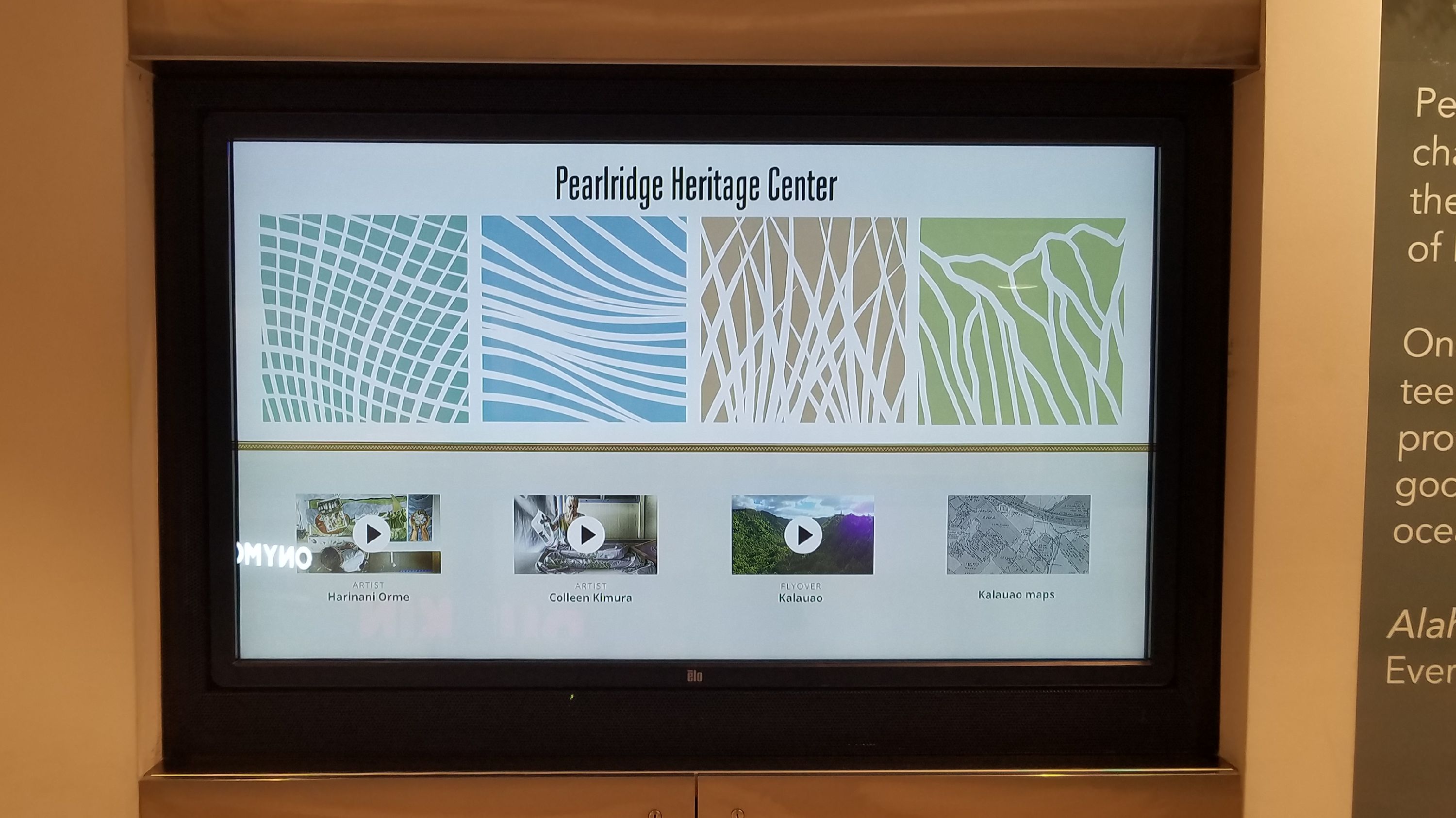
|
26834
|
|
United States
Aiea
|
|
|
Pearlridge Heritage Center
|
Multilingual Hawaiʻi
|
|

|
27090
|
|
United States
Honolulu
|
|
|
—
|
Multilingual Hawaiʻi
|
|
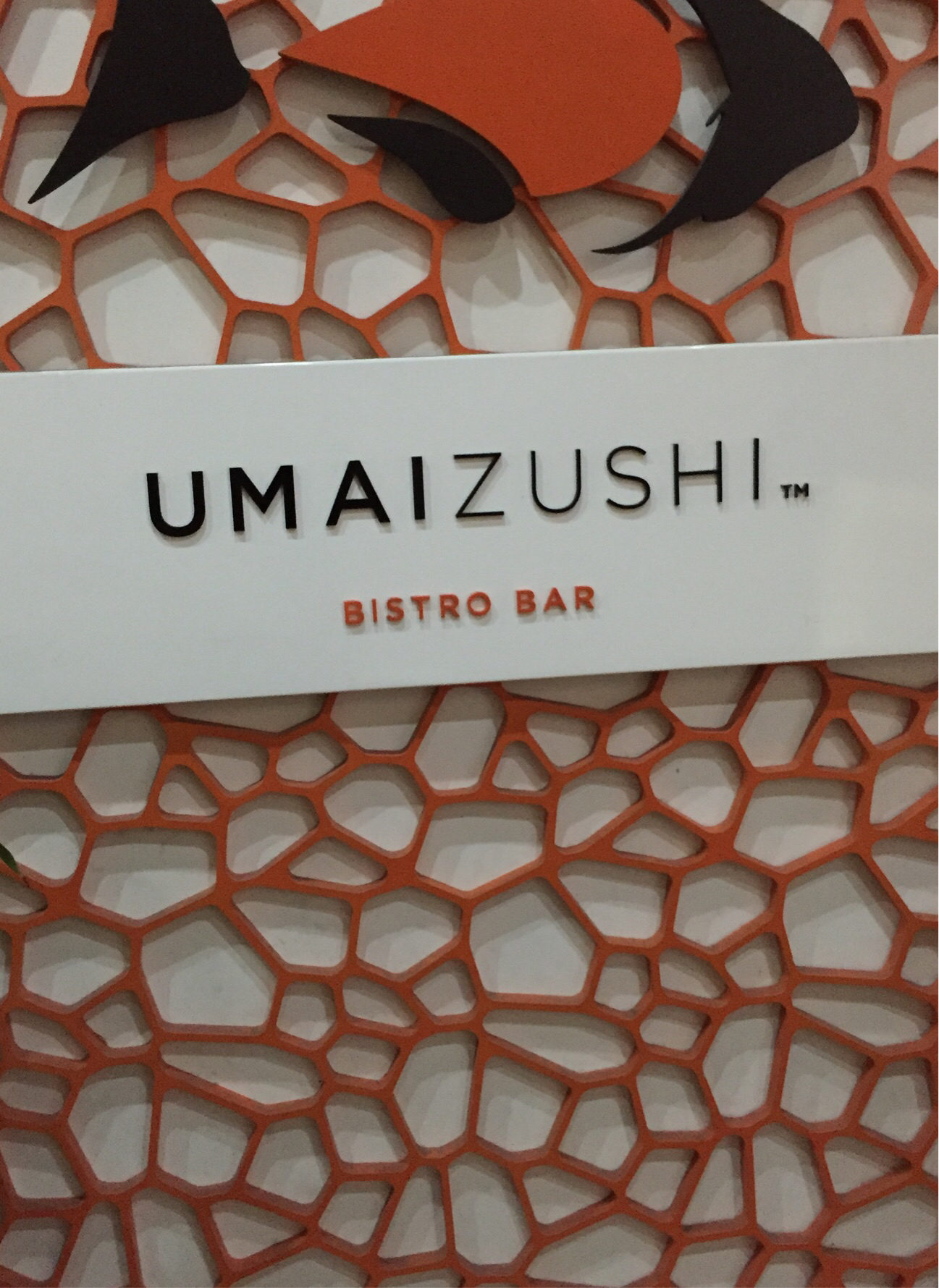
|
26835
|
|
United States
Honolulu
|
|
|
Outside of Japan it’s hard to find this spelling of sushi since it’s not recognizable by non-Japanese speakers
|
Multilingual Hawaiʻi
|
|

|
27091
|
|
United States
Honolulu
|
|
|
—
|
Multilingual Hawaiʻi
|
|
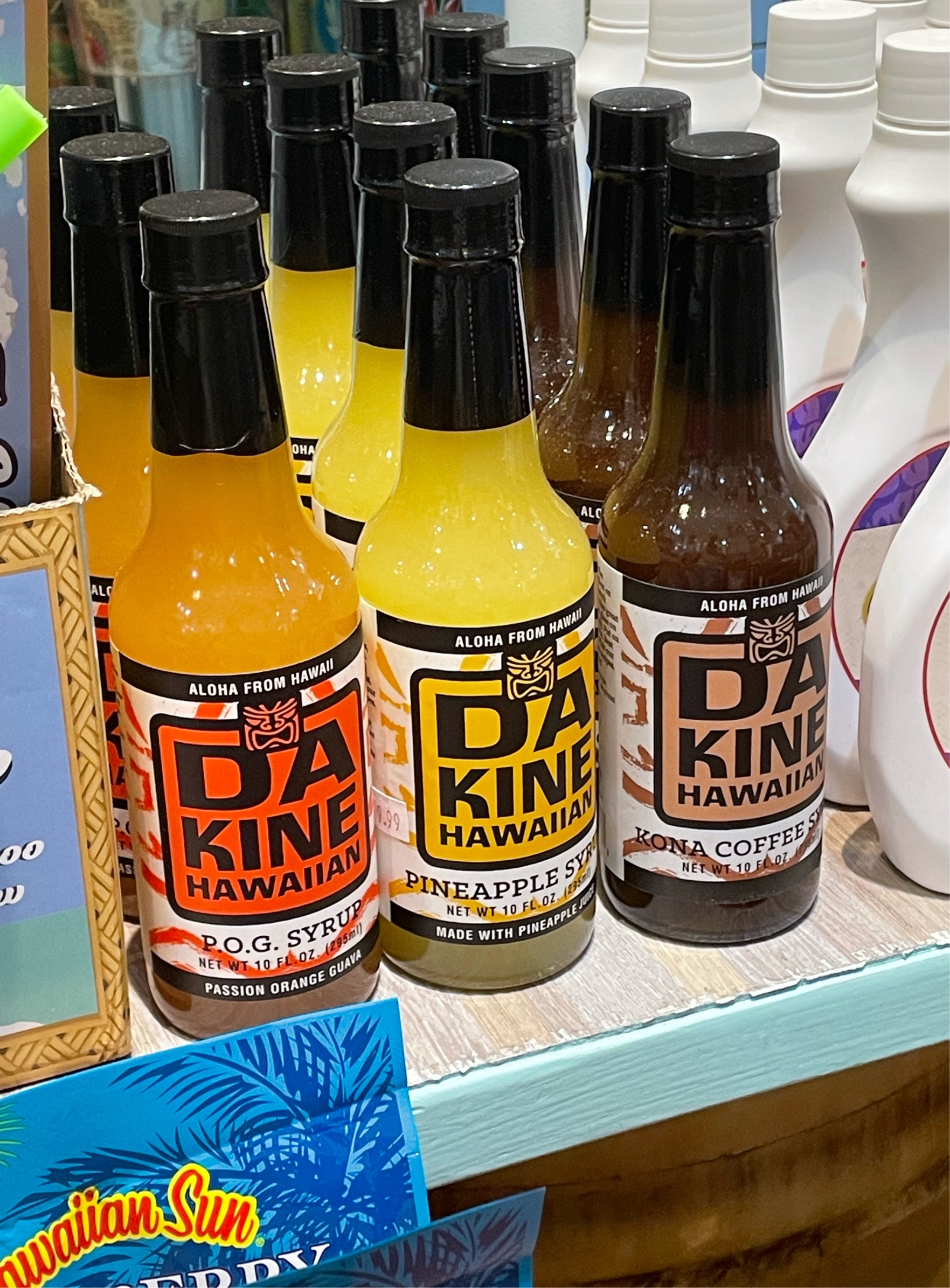
|
46547
|
|
United States
Honolulu
|
|
|
(SP) (check in #3) this is a photo of Pidgin being used on the label of flavored syrups, in the domain of commodification. These were found in a tourist-y shop with many instances of Hawaiian and Pidgin language being commodified to sell more products. Here, Pidgin is used in the brand name of the company, likely to appeal to tourists who might want to know more about this phrase, while also staying familiar with Locals. According their website, this company uses Da Kine to mean “the one” or “the best”, and that may be the how they sway the thinking of their Local customers. Judging by the designs, logo, and language used on these bottles, this brand clearly wanted to push their “Hawaiian” authenticity, perhaps to encourage tourists to buy their products to show off back at home or order their products online.
|
Multilingual Hawaiʻi
|
|
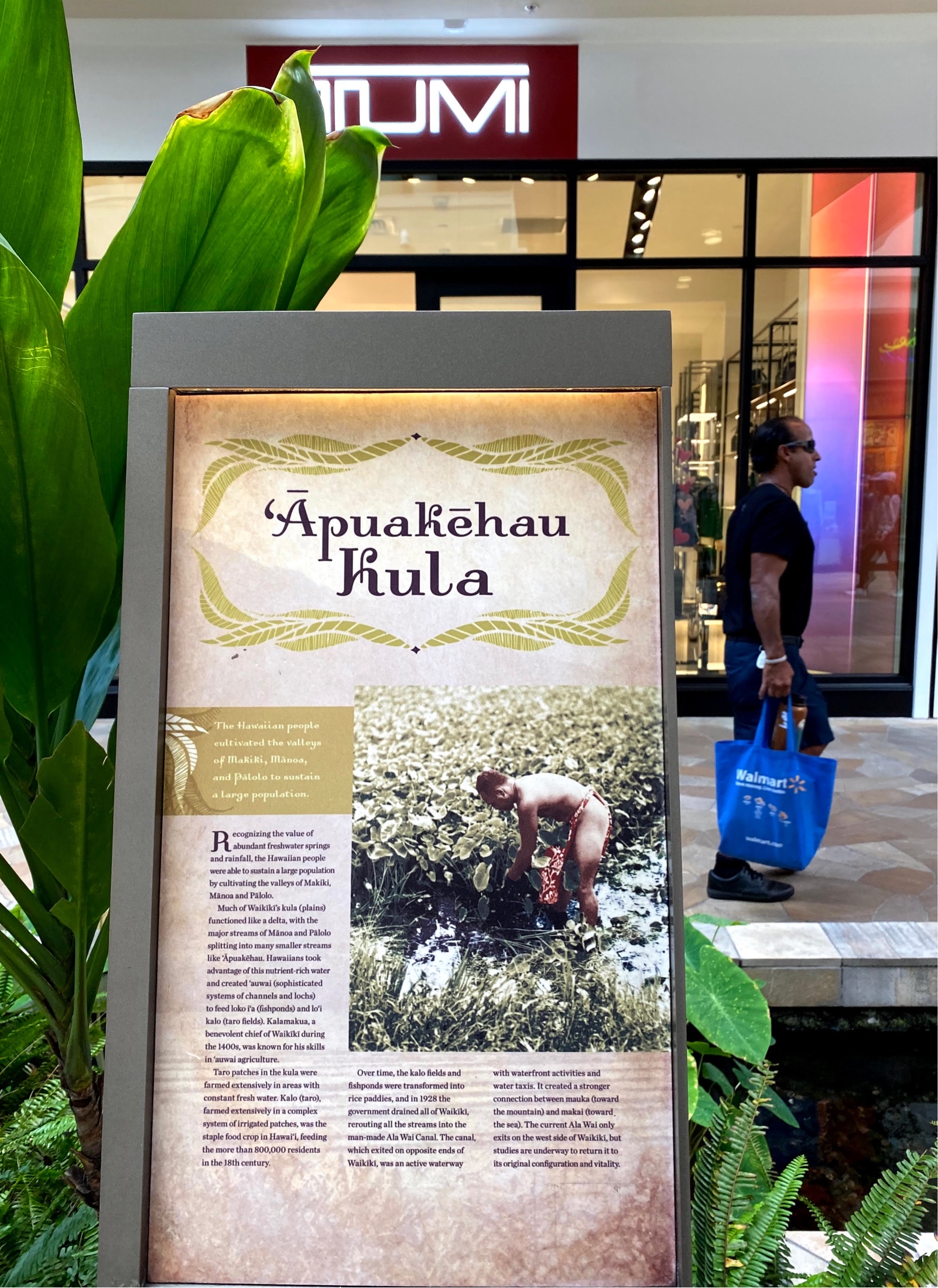
|
27092
|
|
United States
Honolulu
|
|
|
—
|
Multilingual Hawaiʻi
|
|
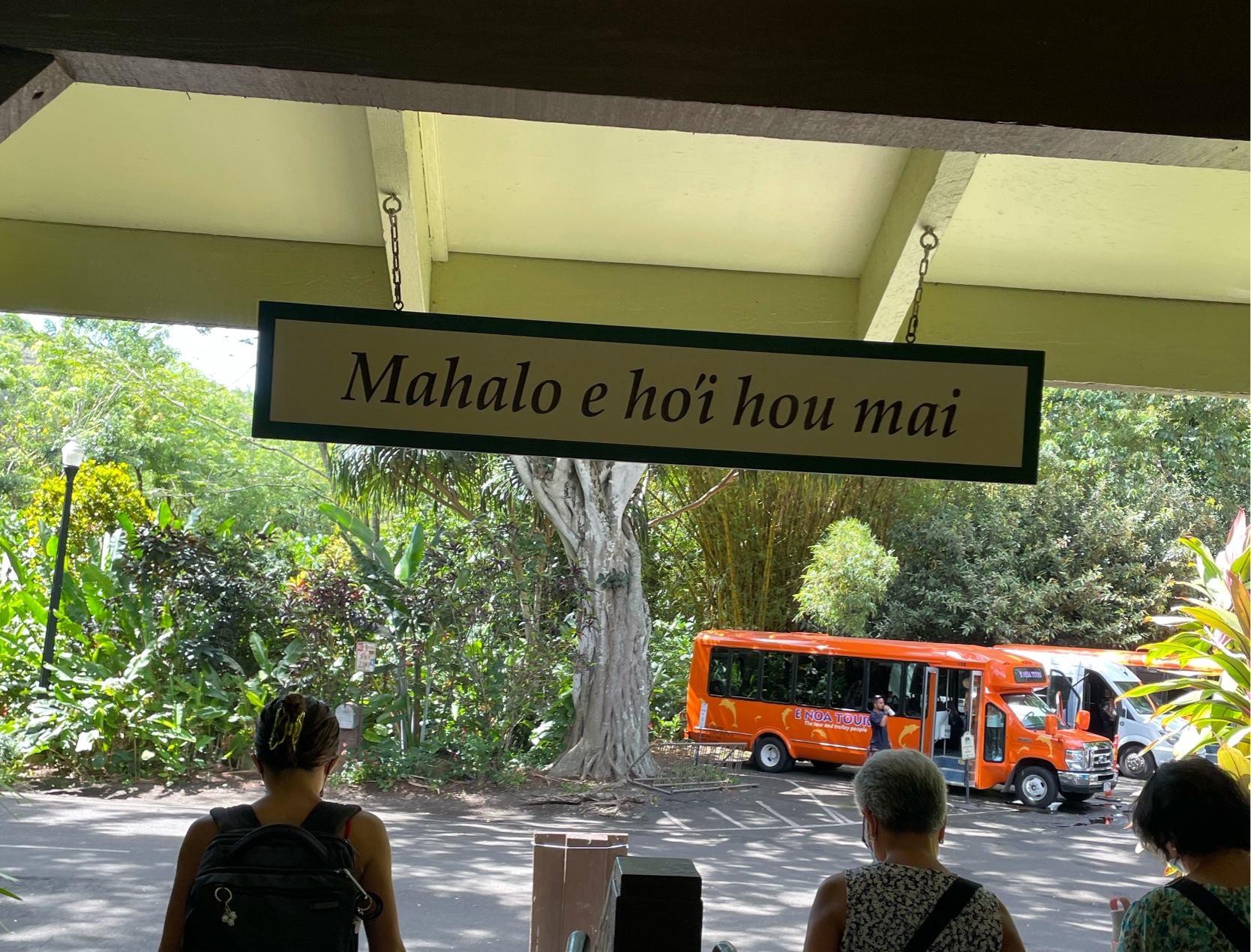
|
46548
|
|
United States
Haleiwa
|
|
|
(SP)(check in #3) Hawaiian can be found on this permanent wooden sign at the exit of a nature reserve. Hawaiian was used here to thank the guests and encourage them to come again, but that it not clear to those who do not understand Hawaiian—this sign may have been placed here to add to the “beauty and authenticity of Hawai'i” feeling without actually having to be understood by most guests, and perhaps get a nod and a smile from guests who do speak Hawaiian. Many people unfamiliar with Hawaiian may see the language as something ancient, mystical, and powerful, so the park may have been trying to go for this feeling by adding a “mystical” phrase in Hawaiian at the exit (even though its actual meaning is quite mundane).
|
Multilingual Hawaiʻi
|
|
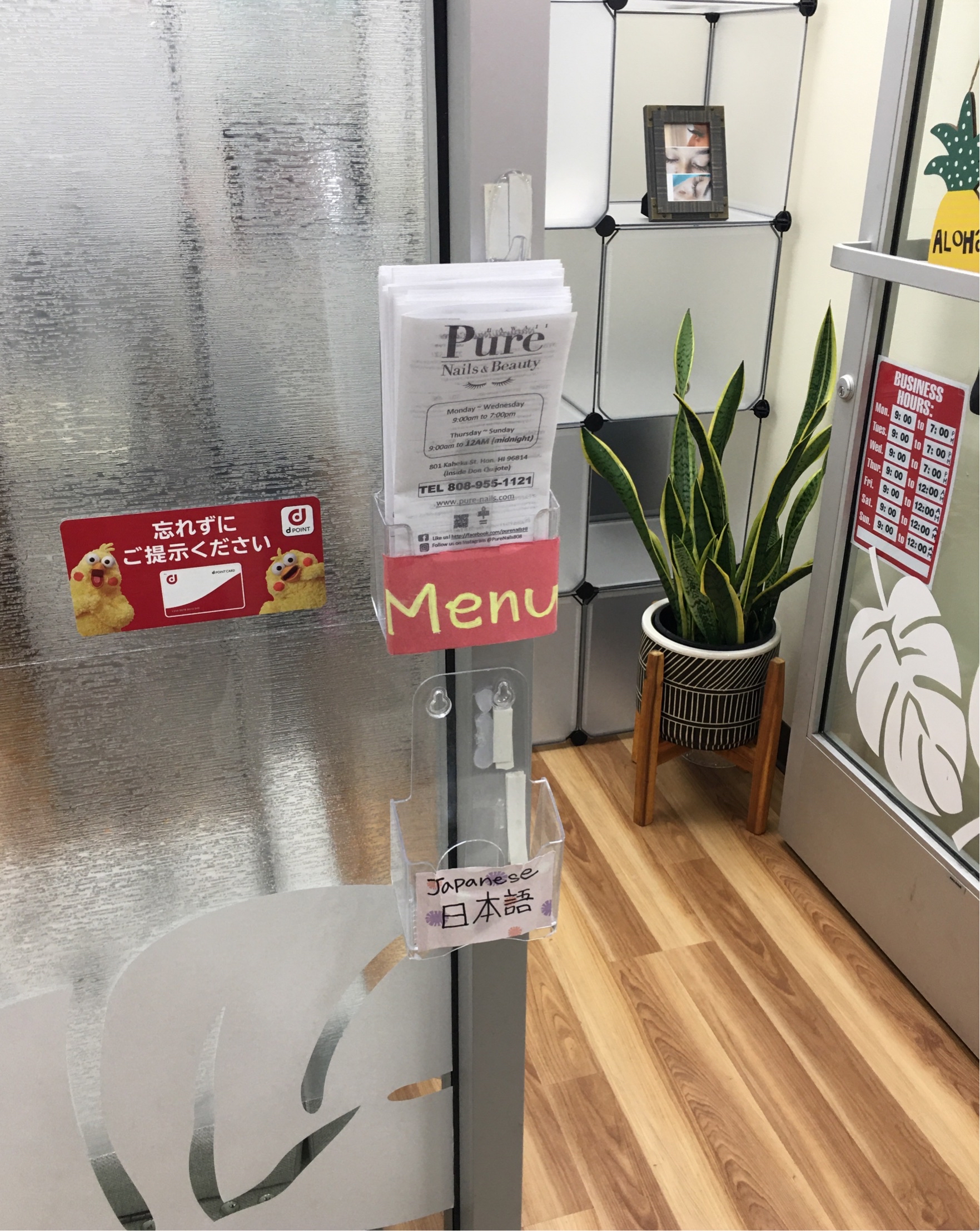
|
26837
|
|
United States
Honolulu
|
|
|
Nail salon
|
Multilingual Hawaiʻi
|
|
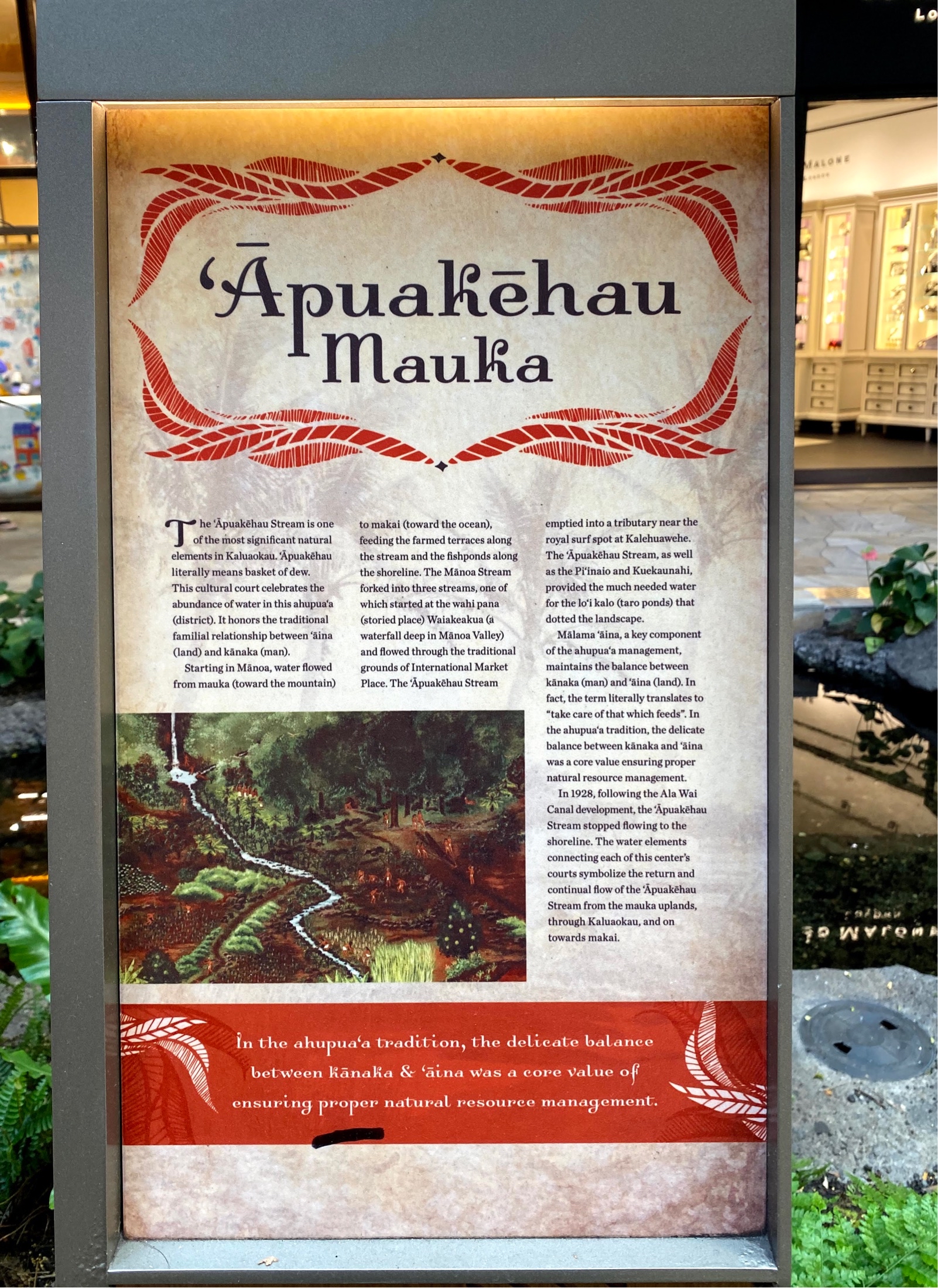
|
27093
|
|
United States
Honolulu
|
|
|
—
|
Multilingual Hawaiʻi
|
|